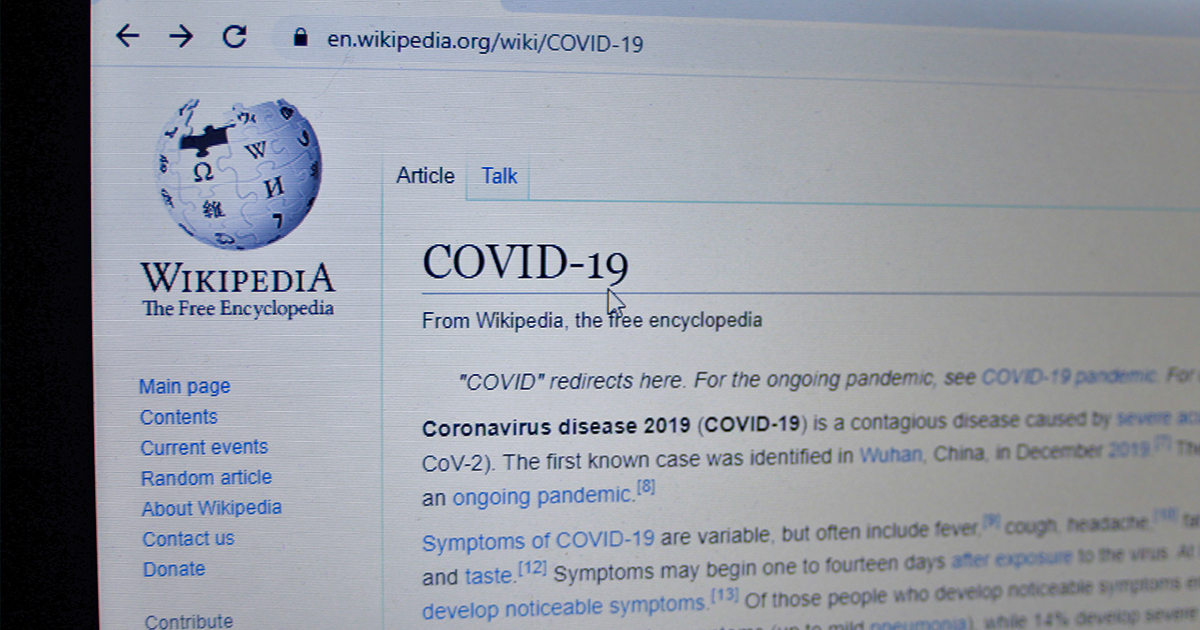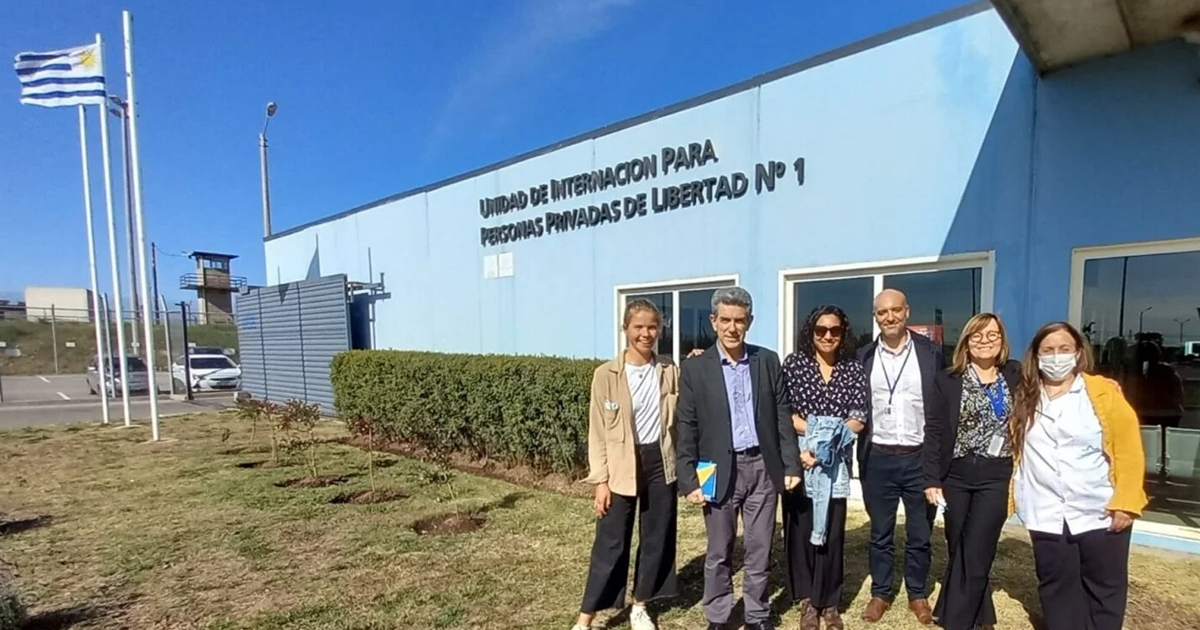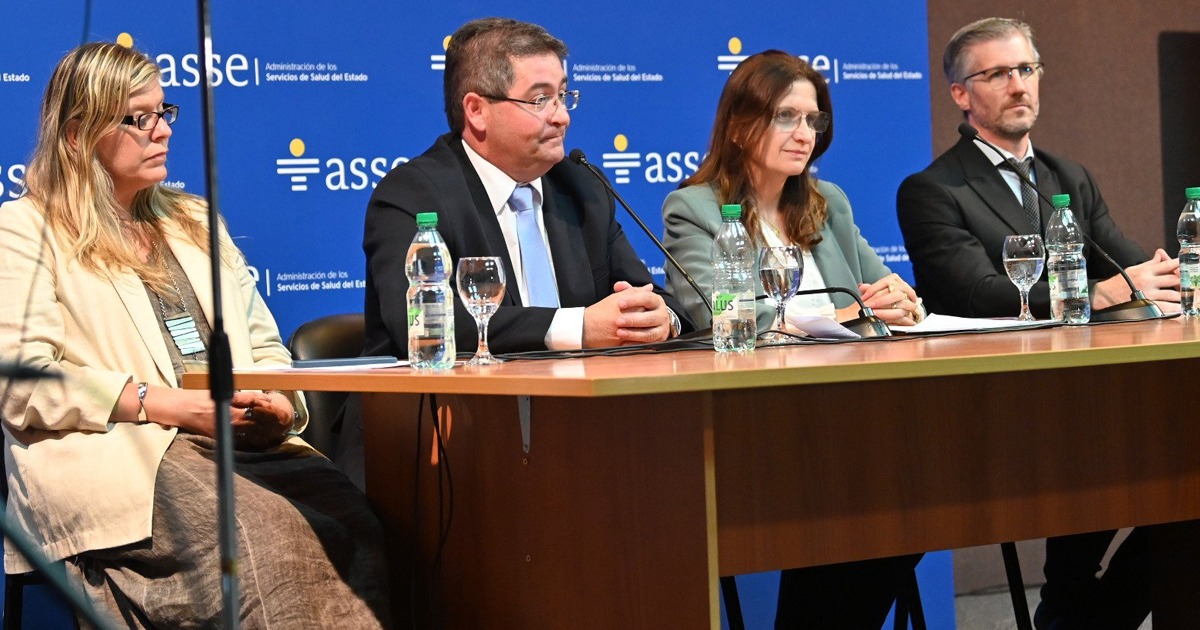Study Published in Journal of Medical Internet Research, analyses search trends and articles visited on Wikipedia, during the COVID-19 pandemic.
Today, thanks to digitization and mass access to the Internet, it is possible to monitor public interests online. This study presents direct evidence of the population's use of an information platform such as Wikipedia during the COVID-19 pandemic.
The objective of the study was to “identify temporal search trends and quantify changes in access to Wikipedia Medicine Project articles that were related to the COVID-19 pandemic.”
The study was conducted through a retrospective analysis of medical articles in nine different languages available on Wikipedia, as well as country-specific statistics on COVID-19 deaths. “The observed patterns were compared to a forecast model of Wikipedia use, which was trained on data from 2015 to 2019. The model comprehensively analyzed specific articles and similarities between access count data from before (ie, several years prior) and during the COVID-19 pandemic,” the authors explain in the publication.

A list of 37, 880 English Wikipedia articles were compiled by the authors and daily accesses were counted from July 1, 2015 to September 13, 2020, a figure that was then limited to 100 articles also corresponding to Wikipedia Medicine Project, these were also obtained in nine different language versions: French, German, Swedish, Dutch, Russian, Italian, Spanish, Polish, and Vietnamese. This yielded data on daily accesses from July 2015 to September 13, 2020.
“To identify deviations in the stability of article visits, we chose articles that exhibited the least altered access patterns throughout the investigated period,” the article explains.
Regarding the COVID-19 pandemic and the possible increase in access to these articles the authors explained the following: “First, we investigated the association between Wikipedia access before and during the COVID-19 pandemic. Second, we determined whether there were specific articles of interest before and during the COVID-19 pandemic (ie, excluding the years that were associated with other epidemics that were covered in media). We also investigated whether the total number of global and regional deaths resulting from SARS-CoV-2 were associated with increased access to articles of interest during the COVID-19 pandemic.”
Search patterns were identified and analysed, distinguishing between before and during the pandemic, “we performed separate unsupervised clustering analyses for the 2017-2019 and 2020 periods. We excluded the 2015-2016 period due to the possible influence of the Zika virus epidemic, which could have promoted interests in the general population that were similar to interests during the COVID-19 pandemic. As such, we were able to identify articles of user interest during the 2017-2019 and 2020 periods.”
Finally, important results were obtained, it was possible to observe a significant increase in the number of medical articles during the pandemic. “The increased interest in COVID-19–related articles temporally correlated with the number of global COVID-19 deaths and consistently correlated with the number of region-specific COVID-19 deaths.”
As a conclusion the authors explained that the interest in Wikipedia medical articles, could be a viable method for epidemiological analysis and surveillance, by providing relevant information on the interest of the population. In fact, a few months ago an article on early warnings of COVID-19 outbreaks informed by Twitter userswas published, it highlighted the importance of users' actions on the network and how it can be useful for monitoring future outbreaks. Additionally, Wikipedia has external references to valuable information that users could be redirected to for full information.
You can find the full study here: https://www.jmir.org/2021/4/e26331






